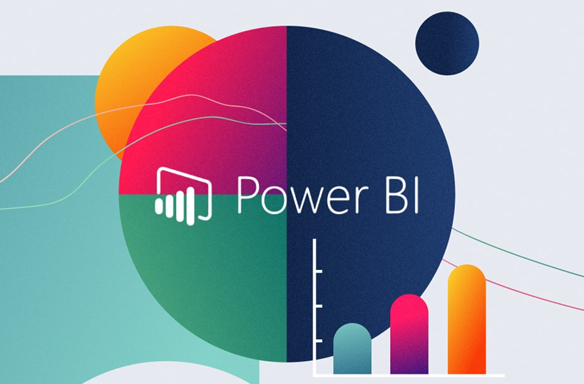In today’s data-driven world, extracting actionable insights from vast troves of information is key to staying ahead of the curve. This is where Power BI shines. A robust business intelligence tool developed by Microsoft, Power BI empowers organizations to harness the power of data through intuitive visualization and analysis. In this blog, we’ll explore the importance and myriad uses of Power BI, shedding light on how it can revolutionize the way businesses understand and leverage their data.
The Importance of Power BI:
1. Data-driven Decision Making: Power BI enables businesses to make informed decisions by transforming raw data into meaningful insights. By visualizing data trends, patterns, and correlations, decision-makers can gain valuable perspectives to drive strategic initiatives.
2. Real-time Analytics: In today’s fast-paced business environment, timely insights are paramount. Power BI offers real-time analytics capabilities, allowing users to monitor key metrics and KPIs as they evolve, facilitating agile decision-making and proactive problem-solving.
3. Accessibility and Ease of Use: Power BI’s intuitive interface and user-friendly features make it accessible to users across all levels of technical proficiency. With drag-and-drop functionality and customizable dashboards, users can quickly create compelling visualizations without extensive training or coding expertise.
4. Integration with Microsoft Ecosystem: As part of the Microsoft ecosystem, Power BI seamlessly integrates with other Microsoft tools and platforms, such as Excel, SharePoint, and Dynamics 365. This interoperability enhances collaboration, data connectivity, and productivity across the organization.
Key Uses of Power BI:
1. Data Visualization: Power BI enables dynamic and interactive data visualization, allowing users to create compelling charts, graphs, maps, and dashboards that convey complex information in a digestible format.
2. Business Performance Monitoring: With Power BI, businesses can monitor key performance indicators (KPIs) in real-time, tracking progress towards organizational goals and identifying areas for improvement.
3. Predictive Analytics: Power BI offers advanced analytics capabilities, including predictive modelling and machine learning integration. By leveraging historical data and algorithms, businesses can forecast trends, anticipate customer behaviour, and make data-driven predictions.
4. Report Generation and Sharing: Power BI facilitates seamless report generation and sharing across teams and departments. Whether it’s scheduled email reports, embedded dashboards, or interactive presentations, Power BI makes it easy to disseminate insights and foster collaboration.
5. Data Exploration and Analysis: Power BI provides robust data exploration and analysis tools, empowering users to delve deep into their data, uncover hidden insights, and answer complex business questions on the fly.
#PowerBI #DataVisualization #Analytics #BusinessIntelligence #DataAnalytics #BIReporting #DashboardDesign #DataInsights #DataDrivenDecisions #PowerQuery #PowerPivot #DataModeling #DataAnalysis #PowerBIPro #DataStorytelling #VisualAnalytics #BIConsulting #DataManagement #PowerBITip #BIPlatform





